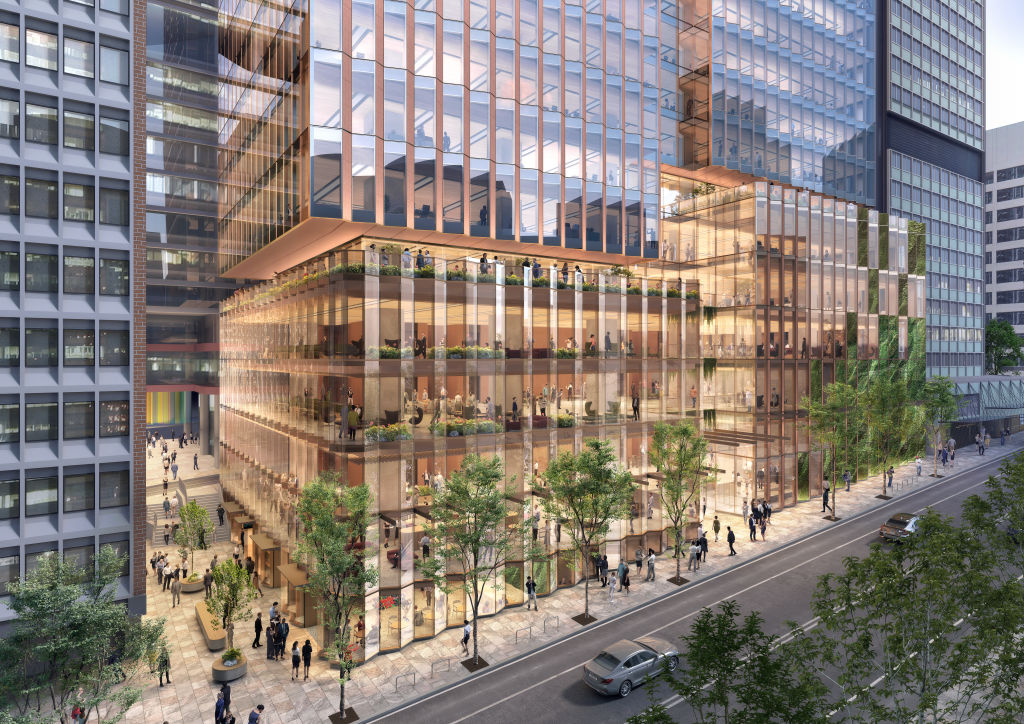SPONSORED CONTENT
You can roll out of bed a little later, dress without the need to impress and hang out the washing on your lunch break. But while there are definite advantages to working from home, many of us are craving the company of our co-workers and the clear divide between home and work life that heading off to an office brings.
However, if there’s one thing COVID has taught us, it’s that a productive workspace needs to offer more than a seat at a single desk. A recent PwC report, The Future of Work, reveals the rule book has definitely changed.
“Ultimately, the office must be a place your employees actively want to be at,” say report authors Michelle Kam, Irmke Bonte and Peter Burow.
The report suggests companies reimagine the workplace with collaboration at the centre and in a way that supports different types of work preferences.
“Since no technology can fully replace face-to-face communication as a way to connect and collaborate with teams, organisations need to think carefully about how their workspace can support these needs,” it says.
Iva Durakovic, a lecturer in interior architecture at UNSW, says research has shown that unless teams can be together and connect face to face for three days a week or more, companies are likely to see a detrimental impact on their social capital.
“We are social creatures, that’s nothing new, but what’s happened through forced isolation is that’s become really apparent,” she says. “People want to see their colleagues, they want to connect and come together.”
But, she adds, workplaces need to steer clear of the known negatives of an open-plan environment and provide the right mix of individual, collaborative and social spaces.
Charlotte Stratton, Stockland’s head of workplace, leasing and asset management, says the pandemic has sped up the pace of change in the office, with forward-thinking developers keen to create engaging workspaces.
“We’ve all been at home for two years and the way we work has been completely disrupted,” she says. “When you start to go back to the new normal, you’re starting to question, what are the things I need to hang on to, and what do I need to change, and your office space is part of that. Our role as a developer is really helping our customers to earn the commute for their staff.”
Stratton and the team at Stockland will deliver their take on an engaging office environment with Affinity Place, a North Sydney office tower designed as a place for people with purpose.
A multipurpose rooftop garden will crown the building and will be available to both tenants and the general public. Stockland hopes to include a food and beverage operation and space for sunrise yoga, an afternoon meeting, or a post-work cocktail overlooking Sydney Harbour.
“For these office buildings we want productive workspaces with after-hours activation; spaces people want to come to connect and revitalise on the rooftop,” Stratton says. “That, to me, is a compelling reason to take the Ugg boots off and come into the office.”
The building floorplates lend themselves to customisation, with tenants able to create the optimum fit-out to suit the changing needs of their workforce, and on the lower levels, there will be co-working and communal spaces to cater for larger groups of workers.
Durakovic says the need for adaptability is more critical than ever before, as is a focus on a healthy, safe building, as well as a workspace that encourages incidental interaction.
She believes staff have become better at articulating what they want and need in their workplace, which makes it easier for companies to deliver.
“No one is saying I don’t want to go back to the office, but life is so much easier and more enjoyable with a degree of flexibility,” she says.
This article has been created in partnership with Stockland.
